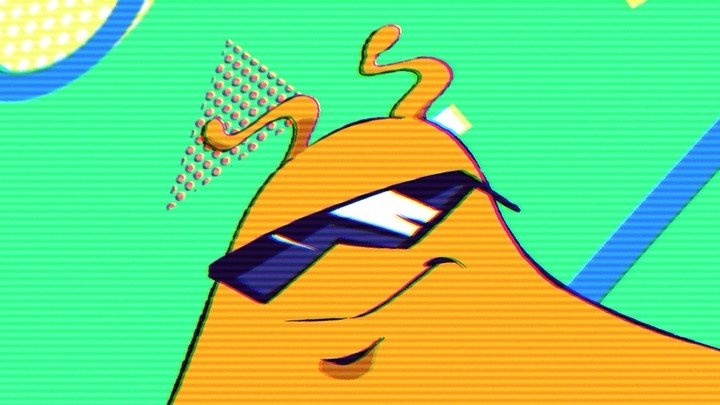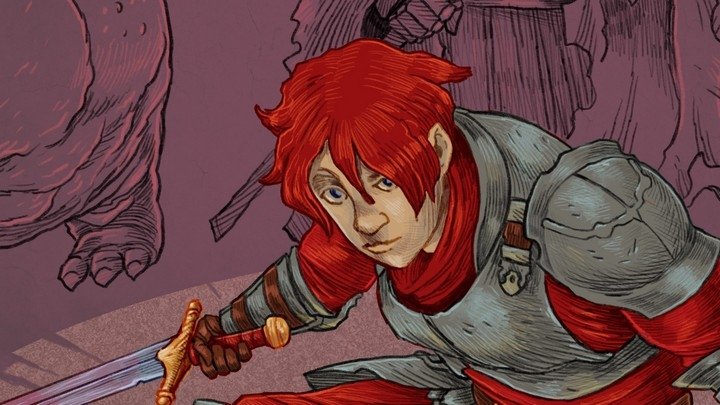Super NES Mini Countdown: #20 | Super Punch-Out!!
The Retronauts team ranks the 20 classics Nintendo selected for its next mini-console, from best to bestest.
Nintendo's Super NES Classic Edition mini-console arrives at the end of the month. Even though Retronauts exists entirely for the sake of learning from history, we're going to ignore 30 years of precedent and hope that, for once, Nintendo chooses to make the Super NES mini readily available rather that driving up hype and demand through artificial scarcity.
While biding time for Sept. 29, the Retronauts writing team has voted to rank the 20 classic games on the mini from... well, not worst to best, exactly. Unlike last year's Classic NES Edition, the Super NES mini doesn't have a single dud on it (unless the unreleased Star Fox 2 somehow turns out to be terrible). Think of this daily series as a countdown from good to great, beginning with our pick for the least awesome (but still quite good) selection on the system: Super Punch-Out!!
20. Super Punch-Out!!
Dev.: Nintendo/Locomotive Corp.
Publisher: Nintendo
Genre: Sports (Boxing)
Release date: Oct. 1994 [U.S.] Jan. 1995 [EU] March 1998 [JP]

What makes Super Punch-Out!! a worthy inclusion?
- Super Punch-Out!! feels like a sleeper hit waiting to be discovered. It went largely overlooked back in the day, probably because it had the poor fortune to launch alongside Final Fantasy III and Donkey Kong Country, which sucked all the air out of the proverbial room for other Super NES games. Nintendo has republished it on Virtual Console multiple times, but casual players tend to overlook Virtual Console releases that don't have "Mario" in the title. With the game appearing as a compulsory inclusion on the Super NES mini and only 20 other games to distract you from it, though, it stands a far better chance of finally receiving its due this time around.
- While largely similar to Mike Tyson's Punch-Out!! for NES, Super Punch-Out!! offers greater content and variety. It features a greater number of boxers, each with more diverse tactics and a wider range of tells to learn.
- Punch-Out!! stood out on NES thanks to its large character sprites, each bursting with personality. Super Punch-Out!! ups the ante, so to speak, by presenting each character sprite at an even more massive scale and making many of them a lot weirder. All of the boxers in Punch-Out!! on NES were basically just slightly strange boxers, with the most unconventional appearances coming in the form of the turban-clad Great Tiger and the slightly inhuman King Hippo. Super Punch-Out!! features luchadors, lumberjacks, kabuki dancers, and a clown.
- Despite its zany personality and wacky character designers, Super Punch-Out!! nevertheless demands skilled play. Each boxer uses distinct tactics, including devastating super moves and the ability to dodge poorly timed attacks by the player. There's a certain amount of memorization involved in mastering the game, as each boxer broadcasts his more devastating moves with visual tells, but learning to anticipate their tactics and responding correctly proves to be key as well.
- In fighting game terms, this is the Street Fighter Alpha 2 of the series. If the arcade Punch-Out!! was Street Fighter, and NES Punch-Out!! was Street Fighter II, this is the one that pulls everything together with a brilliant new visual style. All that's missing is a cameo by an Arm Wrestling character.
Interesting facts about Super Punch-Out!!
- Nintendo technically based Super Punch-Out!! on a little-seen arcade game (though, really, this is a mostly original work that simply adopts the older game's title). The original Punch-Out!! showed up pretty commonly in arcades, but the sequel (which was really more of an expansion than a new game altogether) appeared far less frequently… probably because Nintendo had already decided to get out of designing games for arcades by the time of its 1985 launch. Along with spin-off Arm Wrestling, Super Punch-Out!! would be the company's final arcade creation; from that point on, Nintendo's arcade distribution chain would focus on bringing its promoting its console games through Vs. Unisystem and PlayChoice-10 cabinets.
- Speaking of PlayChoice-10, Punch-Out!! helped make that particular little slice of nostalgia possible. It turns out one of Nintendo's driving motives in creating Punch-Out!! in the first place was to use up its surplus video monitor inventory: Hence the two-screen design, which burned through monitors at double the rate. While Nintendo had already dabbled in dual-screen gaming with some of its Game & Watch LCD handhelds, Punch-Out!! required a slightly different approach. Its processor lacked the power to create true dual-screen gameplay, so Nintendo's designers dedicated the upper screen to a static display, with the real action transpiring strictly on the lower monitor. That same principle would power the PlayChoice-10: Players sampled new NES games on the lower screen. The upper screen hosted a list of the 10 NES games installed on the machine along with instructions for the current game.
- The Super NES had a lot more horsepower than the original Super Punch-Out!! board, but of course dual-screen play was out of the question. Instead, the home game improved the graphics — including a significant change to the protagonist. In the arcade version, the player viewed the action from a low, third-person perspective that put their own pugilist front-and-center. To keep the hero from obscuring the opponent's moves, Nintendo designed the hero's body as a transparent wireframe grid, with only his head, trunks, and gloves appearing solid. (The NES lacked the power to do even that, so that version simply rendered the main character as a ridiculously tiny little man.) The Super NES version went one step better, using the console's alpha transparency capabilities to make boxer Little Mac translucent, which simultaneously allows him to appear more detailed while also minimizing the visual clutter that obscures opponents.
- Genyo Takeda oversaw the Super Punch-Out!! project, probably because Nintendo intended it primarily for U.S. audiences (Takeda's wheelhouse). In fact, Takeda produced both Super Punch-Out!! and the U.S.-only StarTropics II simultaneously. Unlike StarTropics, though, Super Punch-Out!! did eventually reach Japan through the Nintendo Power download service. The rarest version of the game, then, would be a Nintendo Power flash cart that still has the game installed. (Yes, that's even rarer than the Super NES mini will be.)
- If you want to play the Japanese version of Super Punch-Out!!, though, you don't need to hunt down a temporary flash cart. Just highlight New Game on the title screen of the U.S. release and press X+A, and the game will switch to the Japanese version. What makes that version different? You can enter your name in Japanese text. That's it!
- Protagonist Little Mac returns here, but he looks a lot different in Super Punch-Out!! than he did on NES. Strangely, photos of the game's prototype builds featured a far more familiar look for Mac. Why the change? We'll probably never know. Nintendo's mysterious like that.




